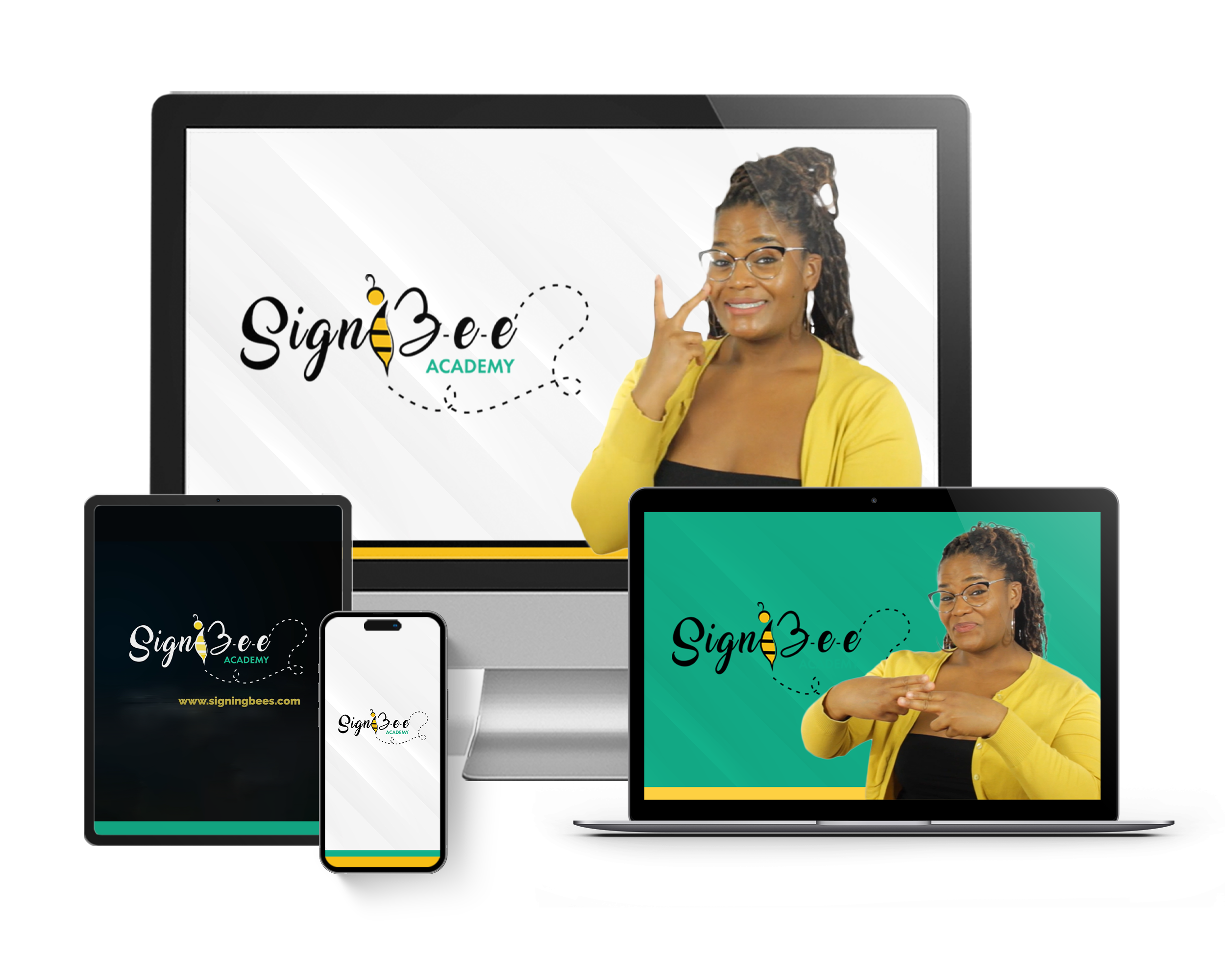Is it possible for all children with special needs to learn baby sign language? The answer is no. Some cases of special needs make it impossible to learn sign language. For example, children with severe muscular dystrophy from birth may find it difficult to move their hands and because sign language requires mostly hand and face movement, they will find it difficult to use the language. Apart from that, children with special needs can learn sign language. Let me show you how in this article.
Ways to Teach Baby Sign Language to Children with Special Needs
Baby Sign Language With Autism Children
If your child is struggling with autism, some of the best ways to teach them baby sign language include:
Find out your child’s social and behavioral traits.
- For an autistic child who is struggling to maintain eye contact, the caregiver, parent, or teacher must first teach such child how to focus with some focusing exercises (one such exercise includes your child sitting still for some seconds simply looking at an object). This can be done in different spots at home and with different objects. As this goes on can with this exercise be introduced to one word in baby sign language (one word at a time).
- One of the characteristics of an autistic child might be their difficulty in regulating their tone of voice. This causes them to speak too loudly or too quietly. In cases like these, when baby sign language is introduced, it will be best to do it mostly during speech therapy exercises. This will help the child learn how to speak using sign language as well.
Sometimes, once they have mastered some words, they might want to communicate using baby sign language for these words instead of speaking (having realized they have issues with modulating their voices)
Baby Sign Language With Children Struggling with Hearing
Photo by Alexander Grey
- Visual Aids/Pictures and Videos
Having ready pictures showing some words and how they are in ASL is one of the ways to help a child who is hard of hearing or deaf. Also, watching ASL videos and musicals is another way to teach sign language to children who are hard of hearing or deaf.
- Use of Games
Children who are deaf or hard of hearing can participate in certain ASL puzzles. This can be used as a tool to help them learn ASL.
Baby Sign Language With ADHD Children
To teach baby sign language to children who have ADHD (Attention Deficit Hyperactivity Disorder), establishing routines is very important. Rather than choosing any time of the day, any day of the week, and any method for learning baby sign language with an ADHD kid, use routine learning. Doing this will help the child feel less uncertain and encourage a sense of security which is something ADHD children struggle with. So,-
- Choose a specific time
- Choose a specific ASL exercise for each given time (if this is going to change, do not change it too frequently)
- Use a reward system: when a child who has ADHD knows that there’s a reward ahead of the learning process, it causes them to focus and pay attention so that they can get the reward. This initiates positive reinforcement. An ADHD child will want to repeat the action that led to his gaining a reward. The rewards can range from a small toy, their favorite snack, extra TV time, etc.
Baby Sign Language With Children Who Are Struggling to Read
A lot of reasons can cause kids to struggle with reading and fall behind their peers on their reading level. Some of these reasons are:
- Difficulty in phonemic awareness (that is these kids are unable to identify and work with words and their sounds).
- Late exposure to vocabulary building and language patterns.
- Poor syntactical skill (these kids are unable to decipher how sentences work therefore hindering their understanding/interpretation of sentences. Children with poor syntactical skills who can’t understand what they read most of the time when they try without any guidance whatsoever read less and increase the chances of developing poor reading skills.
The question is–how do you teach baby sign language to children suffering from any of these reading challenges?
Photo by Nicola Barts
First and foremost, with children struggling to read, BE PATIENT! I doubt there’s any child who is having this struggle and isn’t said that they do. Don’t make it more complicated for them than it already is. Encourage them! For every little effort they make, celebrate them.
Note: This rule applies as well to all children with special needs.
Then, you can try the following specifically for children struggling with reading
- Use the combination method
When teaching kids like these, engage all their senses. Apply visual and auditory tools.
Let them get used to saying and singing aloud the words for each ASL sign as they practice the signs. Let them continuously write these words down and for kids who love to draw, don’t stop them from drawing the signs. I repeat, engage all the senses. Let the words as well as the signs for them be in their faces.
- Teach them as they do their chores.
It will seem as if you aren’t giving them a break. Well, that’s the plan. You want them to learn baby sign language but at the same time, you want to use baby sign language to improve their reading experience. Yes, baby sign language can help children read. How? I’ll tell you.
- Your child learns how to retain more words in their memory as they learn ASL. So, the more signs they are introduced to the more words, and the earlier they are introduced to more words, the more their vocabulary increases.
- ASL/baby sign language can be a useful tool for learning how to spell. It’s simple. Why should your child be introduced to more words without learning how to pronounce and spell them?
So,
If you have ruled out teaching your special needs child baby sign language, I hope with this article, you are encouraged to find a way. Every child is unique with unique learning skills. Make the most of your child’s uniqueness. There’s always a way!
Also, I have some resources that can help you. Check them out here.
Thumbnail Photo Credit to: Photo by RDNE Stock project





